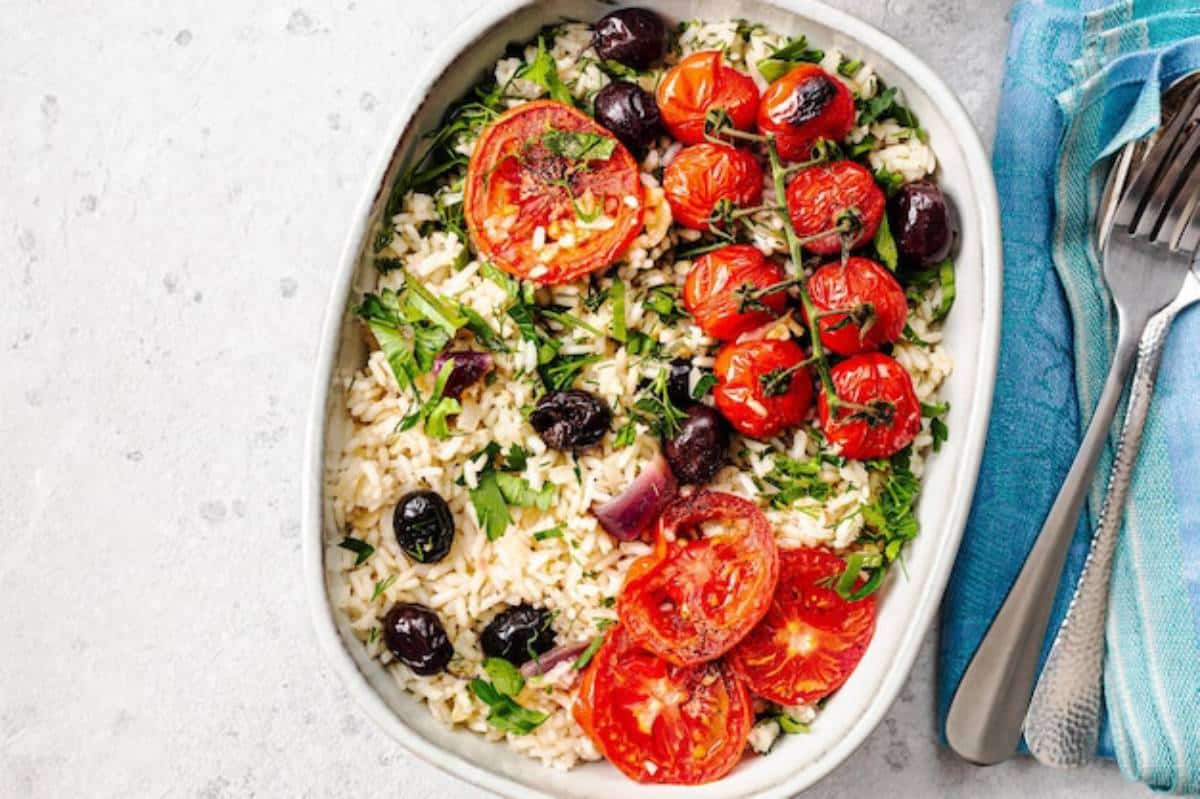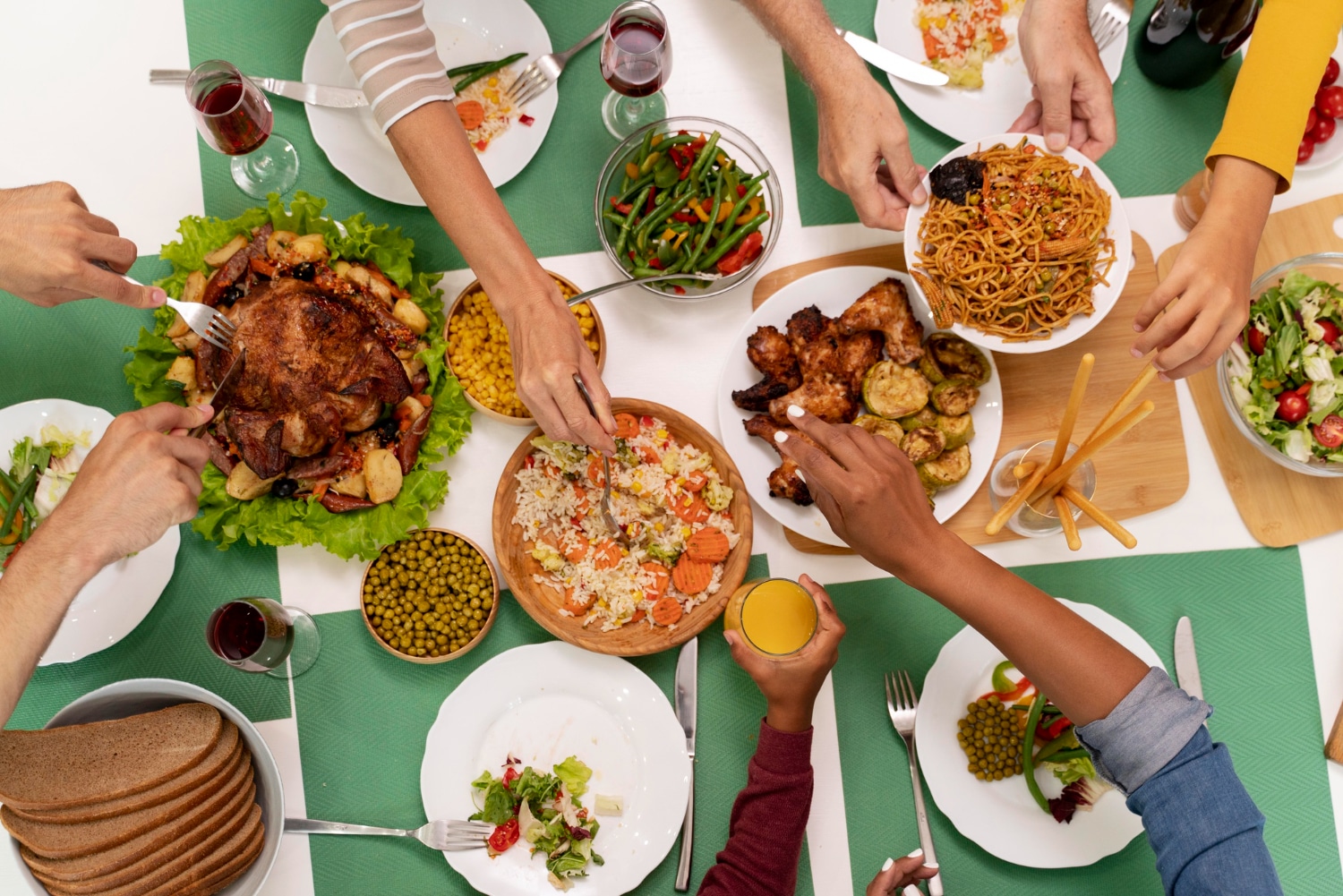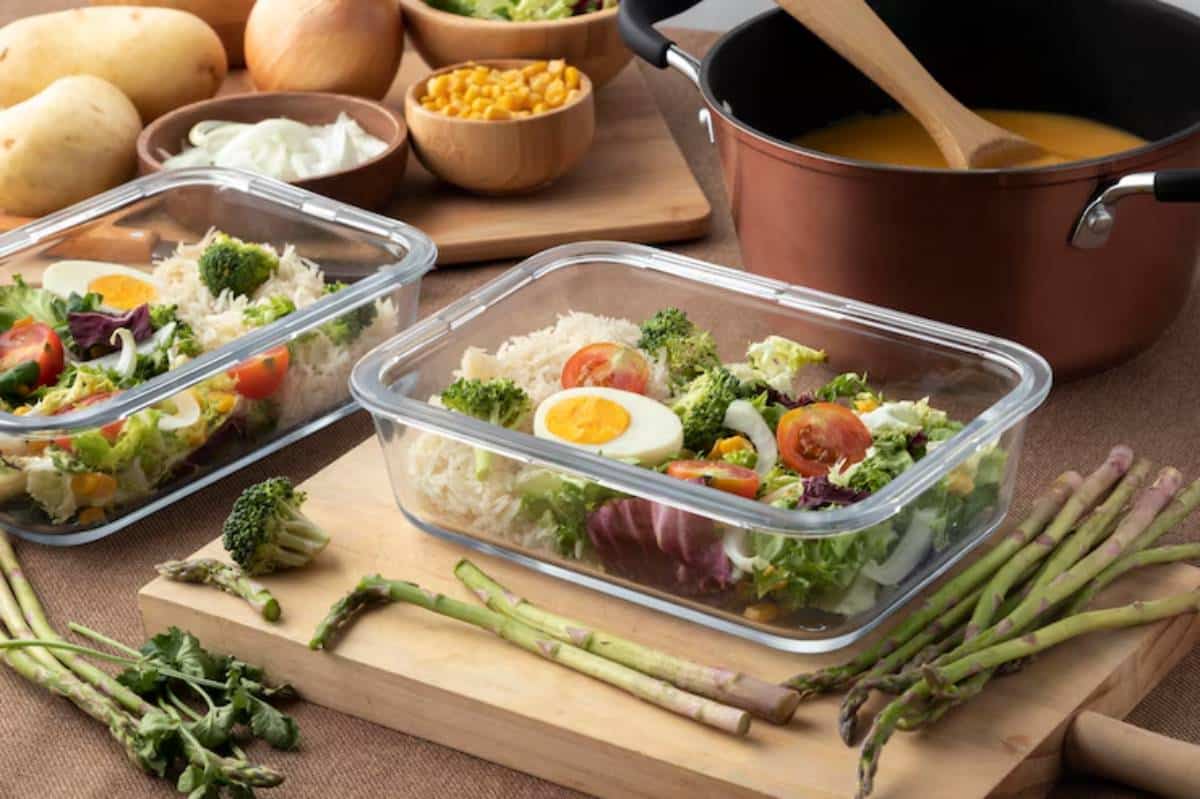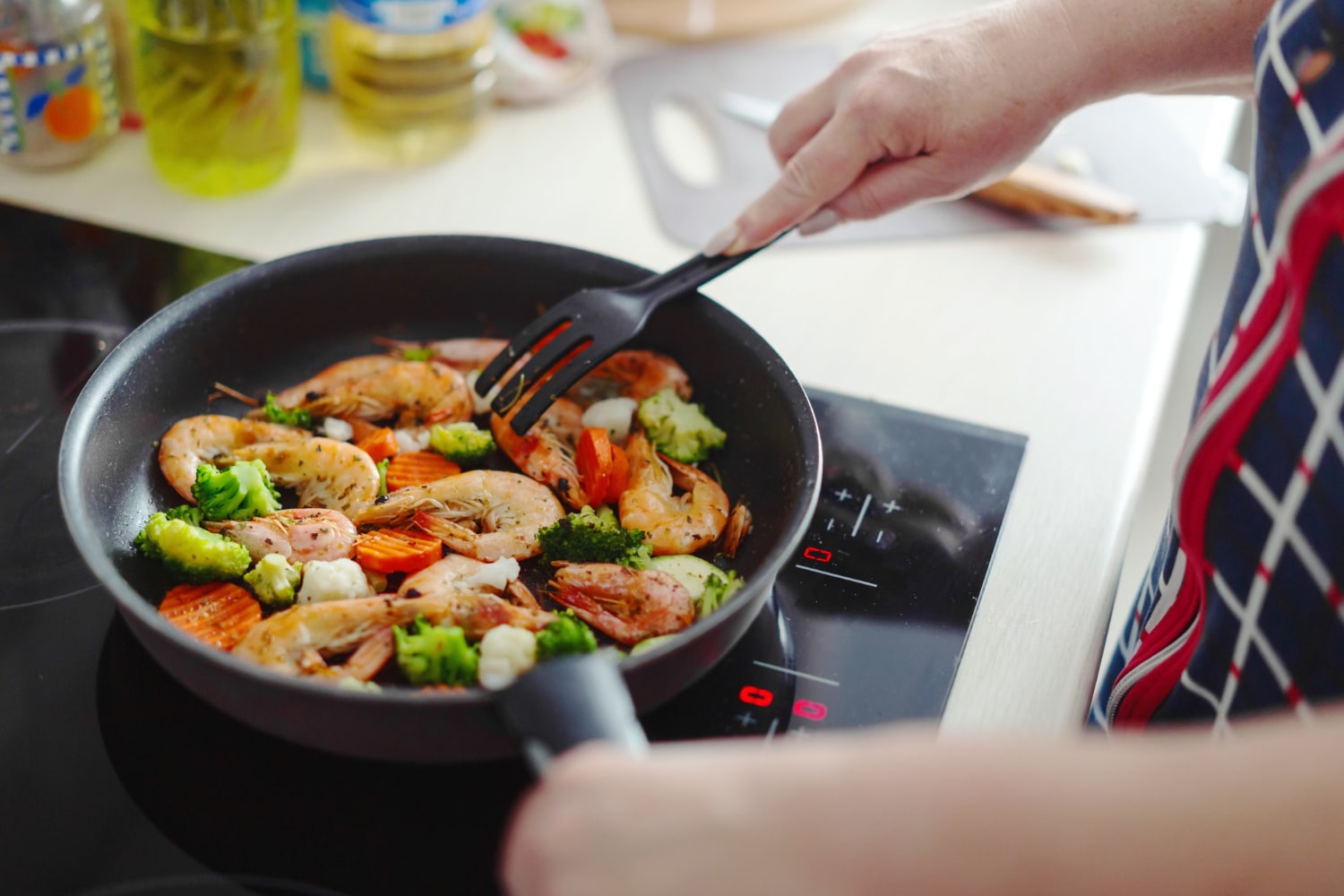
How to Reheat Food Without a Microwave
You’ve packed a homemade meal, planned it perfectly, and then discovered there’s no microwave at the office. Or worse, the shared one is out of order, constantly in use, or simply unclean. Whether you’re working on site, in transit, or just avoiding microwave use altogether, reheating food without a microwave is more common than you think.
But skipping the microwave doesn’t mean compromising on warm, nourishing lunches. With the right tools and strategies, you can enjoy satisfying meals at work, school, or on the go — all while keeping flavours intact and textures enjoyable.
This guide walks you through microwave-free reheating options that are safe, practical, and effective. You’ll also find no-microwave lunch ideas, thermos tricks, and prep methods that maintain heat retention for hours.
Understanding Why Alternatives Matter
Relying on a microwave may seem convenient, but it comes with limitations:
- Uneven heating, especially in layered or dense meals
- Fluctuating temperatures that compromise taste and texture
- Lack of availability in certain workplaces or shared environments
- Energy consumption or personal preference to avoid plastic heating
Microwave-free solutions offer portability, flexibility, and often a better eating experience, especially when temperature control is prioritised during prep and packing.
Quick Guide: Ways to Reheat or Keep Lunch Hot Without a Microwave
- Use an insulated food flask or thermal container to retain heat for hours.
- Boil water and pour it into sealed jars or tins to gently warm food.
- Reheat in the morning and pack immediately in a heat-retaining lunchbox.
- Use stovetop or oven reheating before packing for better texture control.
- Pack room-temperature meals that don’t need reheating at all.
- Store meals in foil or oven-safe wraps if reheating is possible later.
- Combine hot liquids (like soup or broth) with ingredients right before eating.
Step-by-Step Guide: How to Reheat Without a Microwave
Step 1: Invest in the Right Thermal Equipment
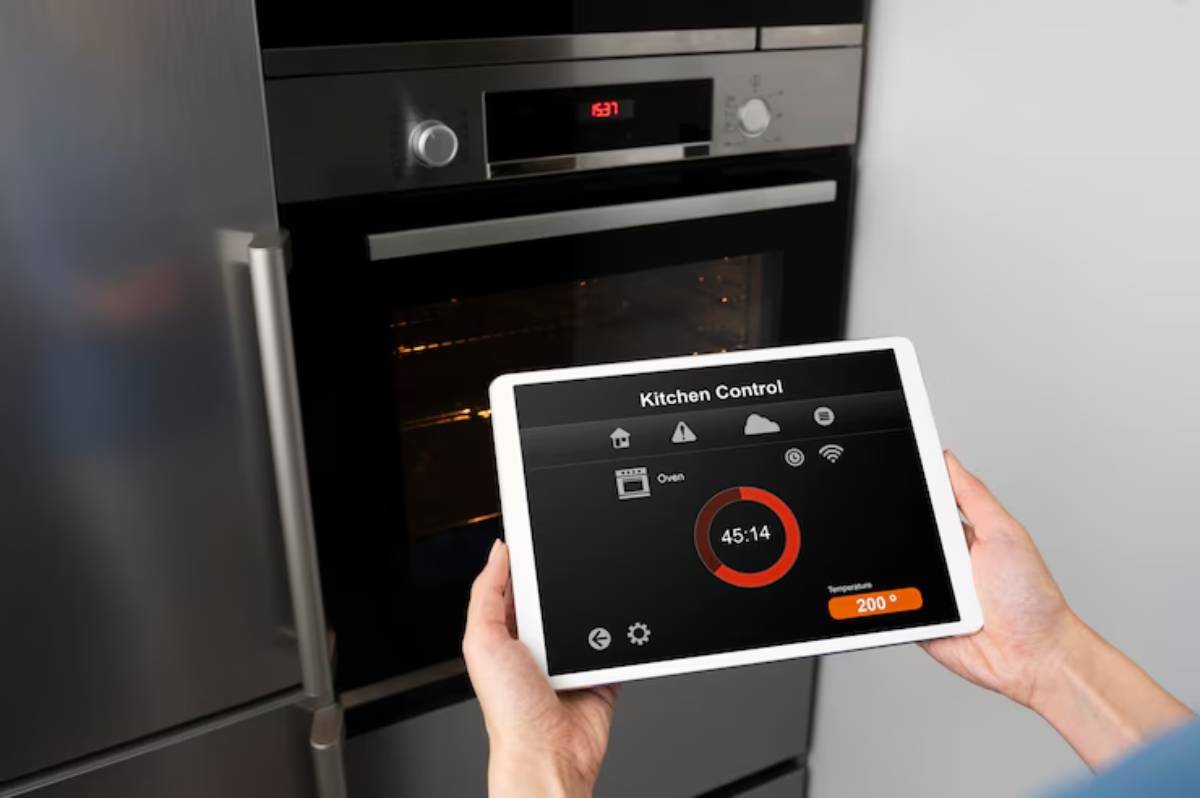
A high-quality insulated food container or vacuum-sealed flask can retain heat for 5–8 hours, making it ideal for soups, pasta, rice, and even stews.
Look for:
- Stainless steel interiors
- Wide mouths for easy access and cleaning
- Double-walled vacuum insulation
Pro Tip: Preheat your thermos with boiling water for 5–10 minutes before adding your food. This primes the container to hold heat longer.
Step 2: Reheat at Home, Then Pack Immediately
If your office lacks a microwave, the best strategy is to heat your food fully in the morning and seal it while it’s piping hot.
Use insulated bags or lunch containers wrapped in foil to preserve the temperature. Avoid opening the container until mealtime to trap heat effectively.
Important: Fill your container completely — less air space helps maintain temperature.
Step 3: Use Boiling Water for Gentle Heating
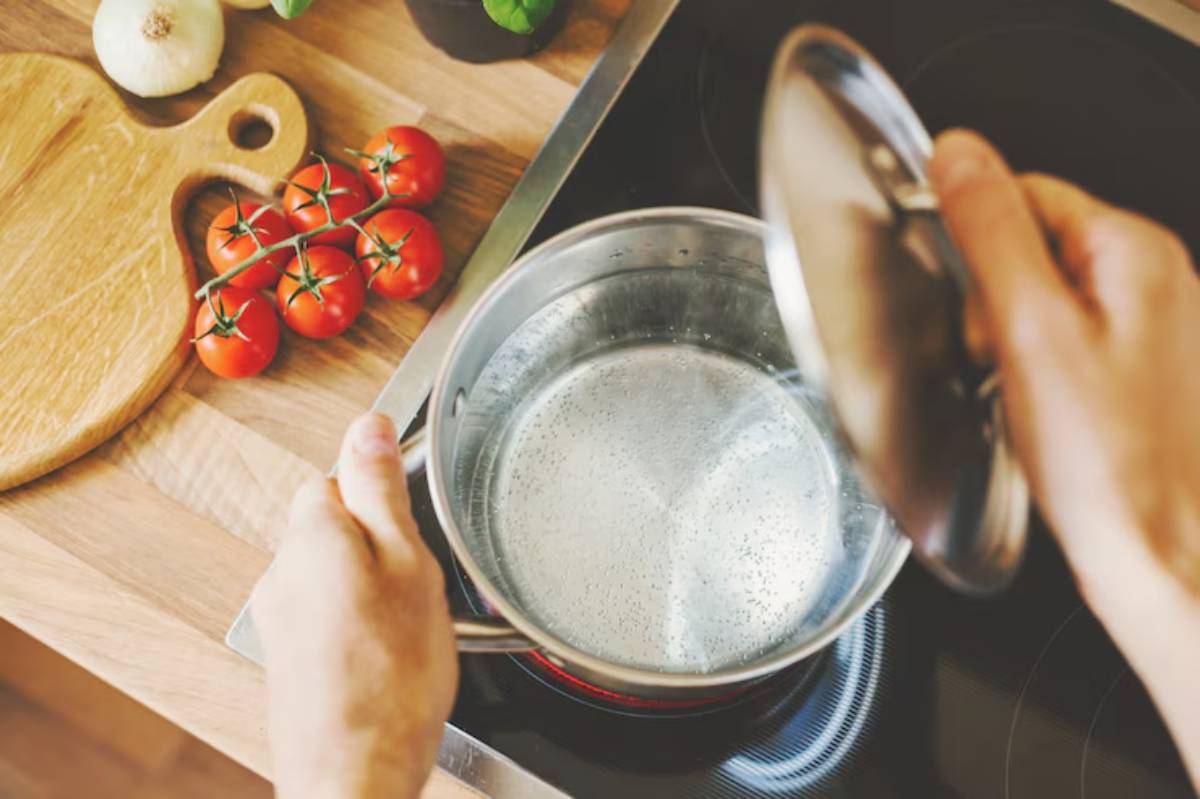
Some meals can be warmed by contact with hot water, especially pre-portioned meals in glass jars or foil pouches.
Here’s how:
- Place your food (sealed) inside a heatproof container.
- Submerge in a bowl of boiling water.
- Leave for 10–15 minutes with the lid on.
This method works particularly well for items like couscous, rice-based dishes, or tightly wrapped burritos.
Important: Do not use this method with plastic that isn’t rated for high temperatures.
Step 4: Try a Food Warmer or USB-Powered Heater
If your workplace allows it, compact electric lunchbox heaters are a game-changer. Many run on USB or plug into a wall socket and slowly warm your meal over 20–30 minutes.
They’re ideal for reheating pre-cooked meals like stir-fries, curries, or pasta without using a communal appliance.
Check with your office or workspace policy first to ensure usage is permitted.
Step 5: Embrace No-Reheat Lunch Options
Sometimes, the easiest path is to choose meals that don’t need reheating at all.
Top no-heat options include:
- Cold pasta or grain salads
- Cooked frittatas or quiches
- Protein-rich wraps and sandwiches
- Baked tofu and roasted veg bowls
- Fresh Mediterranean-style mezze
If this route appeals, explore our guide to cold pasta lunchboxes.
Best Practices & Additional Insights
Consider Meal Design During Prep
Plan your lunches with heat retention and texture in mind. Soups, curries, and saucy pastas stay hot longer and reheat better than dry meals or crispy items that may become soggy.
Use thicker sauces and high-moisture foods, which insulate better inside a thermal flask.
Stagger Hot and Cold Items Thoughtfully
Keep hot foods in separate containers from:
- Cut fruit
- Yoghurts
- Leafy greens
- Salad dressings
Mixing hot and cold items reduces overall temperature control and can lead to lukewarm, unsafe meals.
For strategies to keep cold elements crisp and separate, use our soggy lunchbox fix guide.
Build a Weekly No-Microwave Rotation
Keep things interesting with a rotating schedule that balances heat-retaining meals with cool or ambient options:
- Monday: Lentil curry and brown rice in a thermos
- Tuesday: Cold soba noodles with sesame dressing
- Wednesday: Mini meatballs with couscous (reheated at home)
- Thursday; Hummus, pita, olives, and cucumber sticks
- Friday: Quiche slices with rocket and roasted peppers
This keeps prep varied while reducing reliance on any single heating method.
FAQs
- Can you safely eat food that’s cooled to room temperature?
It depends on the food type. Cooked items should be kept above 63°C or below 5°C to stay safe. Avoid leaving meat, dairy, or rice at room temp for over 2 hours. - What type of container retains heat best?
Stainless steel, vacuum-sealed food flasks with double-walled insulation are most effective for long-term heat retention. - Are electric lunch warmers safe?
Yes, when used correctly and with approved food containers. Always follow manufacturer guidelines and check for office policies. - What are the best foods to eat cold if I skip reheating altogether? Cold pasta salads, wraps, roasted veg, chickpea bowls, and cooked frittatas are great no-microwave lunch options that retain flavour and texture.
- Can I use a hot water bath for food wrapped in foil?
Yes, as long as the wrap is fully sealed and the container is waterproof. Avoid using with acidic foods as it may affect foil integrity.
Smarter Lunches Without the Microwave
You don’t need a microwave to enjoy a satisfying, hot lunch. With smart prep, the right gear, and an understanding of how food holds heat, you can stay nourished and energised wherever your day takes you.
Whether you reheat at home, use boiling water, or embrace no-reheat meals, these strategies give you flexibility, independence, and peace of mind — all without standing in line for a communal microwave.
